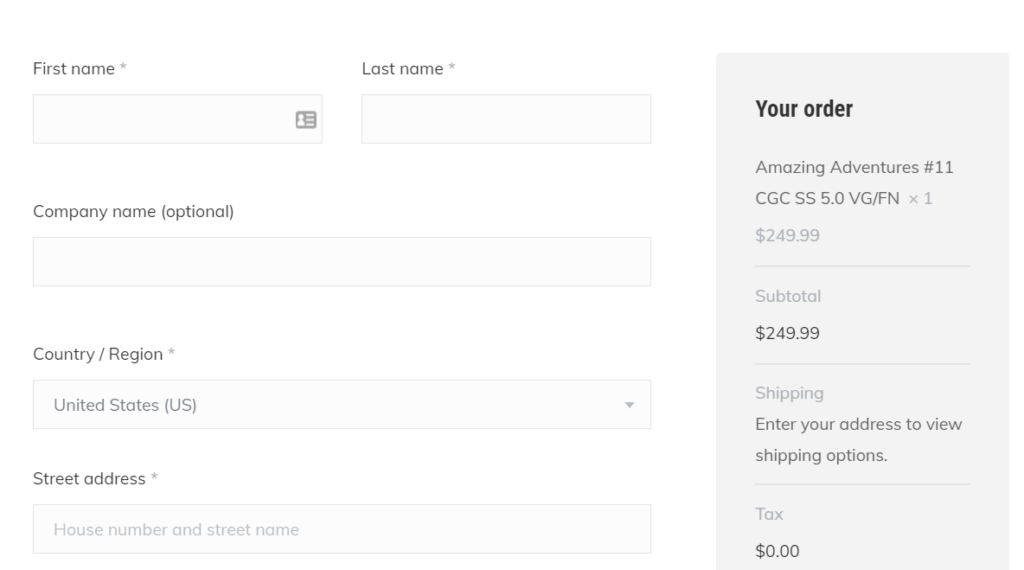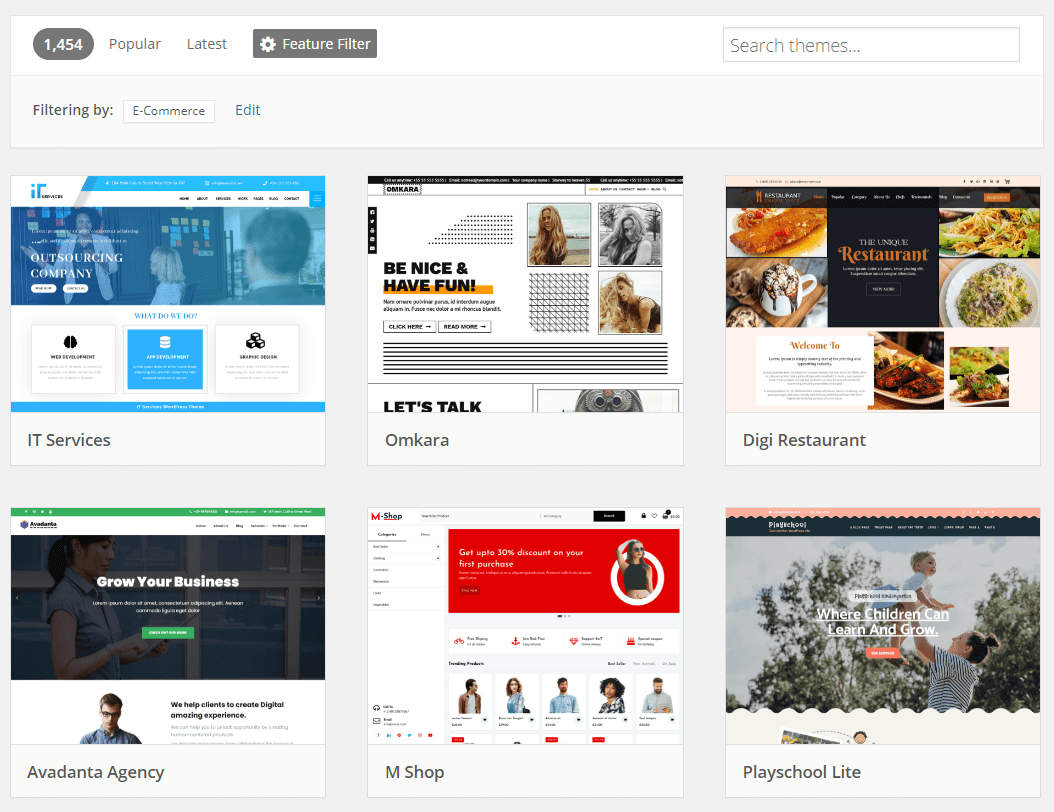If you’re an online seller, you may not know that several factors can be deal breakers for customers using an online store. Understanding those ecommerce customer pain points is key if you want to avoid scaring users away.
By making a few simple tweaks to your ecommerce website, you’ll be able to increase sales and keep users happy.
Satisfied customers are also more likely to keep coming back to your store and help your business grow.
In this article, we’ll introduce you to five common ecommerce customer pain points, and we’ll talk about how you can fix them. Let’s get to it!
Table of Contents
1. Offering Only One Payment Option
You may have noticed that a lot of your favorite online stores offer more than one payment platform.
That’s because not every customer will prefer to pay for their order using the same method. If you don’t offer convenient purchasing options, your users might leave.
At the very least, your store should support credit card payments, which is the most popular option. You should also consider allowing purchases from online wallets, such as PayPal. Mobile payment options are also growing in popularity, making them viable alternatives for ecommerce businesses:

For the best possible results, you should research which purchase methods your target customers prefer. Depending on where you plan to sell your products, there are probably regional payment processors that locals favor.
2. A Long Checkout Process
A store checkout should never take more than a few minutes. If you force customers to fill out multiple forms on different pages, many will leave without completing their purchases.
According to studies, more than 69% of shoppers abandon their cart items during checkout processes. Some of those users might have never intended to finish their purchases. Still, others will leave due to a combination of factors.
For example, users may abandon your site due to limited payment options and overly long checkout forms. Some online stores counteract these inconvenient processes by implementing single-page checkouts:

Creating a single-page checkout might not be possible depending on your ecommerce setup. However, if you’re using a plugin such as WooCommerce, you have complete control over your checkout fields.
That means you can customize checkout fields, remove them, make some options not required, and more.
You will, of course, need to collect some data from your customers. However, for the best results, you should ask your users to fill out the fewest number of fields possible.
3. Slow Customer Support (Or Lack of It)
At some point, customers will run into problems while using your store. The checkout might not work, or a payment might not go through. They might also make a purchase only to receive the wrong product.
Dozens of things can go wrong with any order from an online store. That’s why the best ecommerce businesses also tend to offer top-notch customer support.
Amazon, for example, is renowned for its customer-first approach to support:

Customers should be able to reach your support team through various channels and get quick responses.
These are some of the most popular options for ecommerce:
- Email: If you receive a support request via email, you should make it clear how long customers will have to wait on average for a response.
- Live chat: Using live chat requires you to have support agents available to jump in during work hours. That means you need to let customers know when the service team is available.
- Phone: Some customers prefer to talk to someone over the phone to sort out their problems, making this channel a must for large ecommerce operations.
If you run a small ecommerce store, you may be able to get away with only providing email support. However, in that case, you’ll need to deliver responses promptly to avoid customers growing impatient.
4. Poor Store Navigation
The hallmark of a great online store is easy navigation. That means that as a customer, you won’t have a hard time finding products, jumping from one page to another, and continuing on your journey.
Overall, store navigation shouldn’t be a problem if you’re using WordPress and a modern ecommerce theme:

Your ideal theme may depend on whether you’re using WooCommerce or another ecommerce plugin. Generally, the most popular ecommerce themes should adapt to most online store platforms.
Another thing to keep in mind when improving store navigation is simplifying your menu. The menu is how most users move from one page to another within your store. If your menu is confusing or hard to use, you might miss out on conversions.
5. Long Page Loading Times
There are few things as frustrating as having to wait a long time for pages to load. If possible, every part of your store should load in under three seconds.
On average, websites can take as long as ten seconds to load fully. However, visitors might start leaving in droves if your loading times go over three seconds.
Long loading times are a problem for most websites and not just online stores. The good news is there’s plenty you can do to optimize your store’s performance, including:
Those tips are just scratching the surface of what you can do to improve your ecommerce website’s performance. If you’re using WordPress, you have access to plenty of tools to make that job easier.
Taking the time to optimize your store’s performance may feel like a chore. Still, it will usually result in a much better customer experience. That principle particularly applies if your store is currently taking too long to load.
Conclusion
Identifying ecommerce customer pain points is a must if you want your store to be as successful as possible. Plus, by reducing these inconveniences, you’re providing a better user experience.
Happy buyers are more likely to recommend you to their friends and to return to your store.
Here are the five of the top ecommerce customer pain points that can scare users away:
- Offering only one payment option
- A long checkout process
- Slow customer support (or a lack thereof)
- Poor store navigation
- Long page loading times
Do you have any questions about how to reduce ecommerce customer pain points? Let’s talk about them in the comments section below!
If you liked this article, follow us on Twitter, Facebook, and LinkedIn. And don’t forget to subscribe in the box below!
Affiliate Link Disclosure






